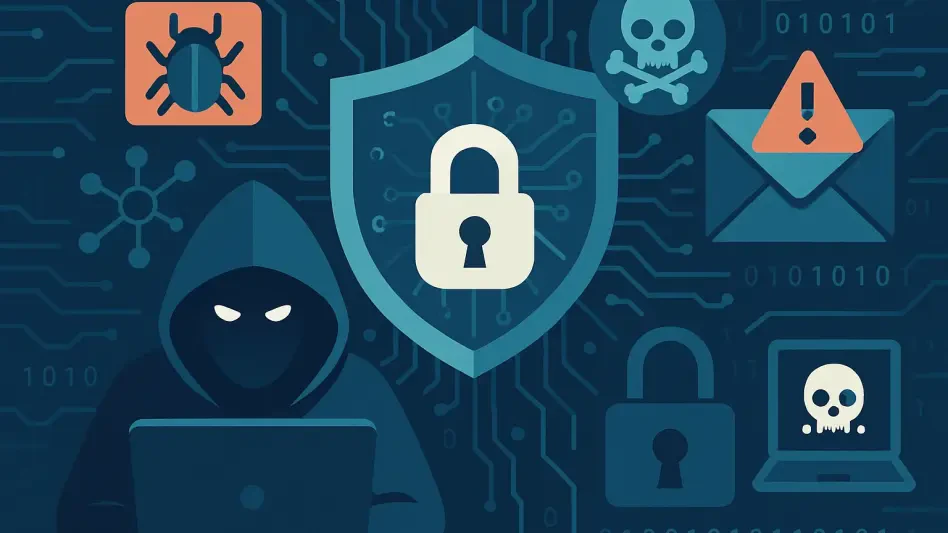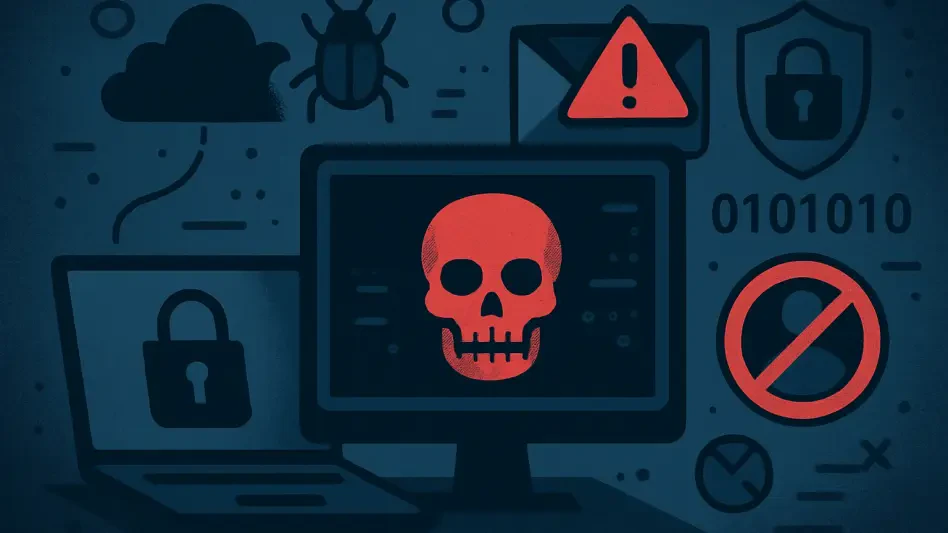The rapid advancement and popularity of artificial intelligence technologies have rendered them a tempting target for cybercriminals looking to exploit users’ excitement and curiosity. Recently, a disturbing trend has emerged where fraudsters are leveraging fake AI tools to distribute malware, capitalizing on the widespread fascination with artificial intelligence systems like DeepSeek AI. This issue has been further underscored by McAfee Labs’ revelations about scammers using seemingly legitimate sites to distribute malicious software through a tactic known as SEO poisoning.
The Threat of SEO Poisoning
How Scammers Manipulate Search Engine Results
SEO poisoning involves scammers manipulating search engine results to make their malicious websites appear among the top search results. This strategy is particularly dangerous because it exploits users’ trust in search engines, leading them to believe they are visiting legitimate sites. Upon reaching these deceptive sites, users are led to download what they think are genuine AI tools, such as DeepSeek applications. However, these downloads often unsuspectingly introduce malware, unwanted third-party software, or even fraudulent captcha pages into their systems.
The impact of such malware can be extensive, ranging from infecting systems with keyloggers and crypto miners to more sophisticated threats like password stealers. A notable case highlighted by McAfee Labs involved a fake installer that bundled legitimate software with unwanted applications, in a bid to monetize through pay-per-install programs. In addition, the use of deceptive captcha pages has been a frequent tactic employed by scammers to trick users into installing malware under the guise of validating their human status.
Malware Exploiting DeepSeek-R1’s Launch
A particularly alarming aspect of this trend is the exploitation of new technology releases, such as DeepSeek-R1’s launch, to spread malware. Cybercriminals leverage the hype and urgency surrounding these releases to draw in unsuspecting users eager to try out the latest AI advancements. Malicious websites are designed to perfectly mimic legitimate sites, creating an illusion of authenticity that deceives even the most cautious users. The fake DeepSeek software applications offered on these sites can range from relatively harmless adware to highly sophisticated and damaging malware.
For instance, an in-depth analysis unearthed a crypto miner that was cleverly disguised as genuine DeepSeek software. This malware utilized advanced evasion techniques to avoid detection and establish its presence on the victim’s system. It specifically targeted Monero mining due to the cryptocurrency’s anonymity, allowing attackers to operate with relative impunity while profiting from their activities. The overarching narrative is that cybercriminals are increasingly adept at exploiting the excitement and urgency that typically accompany new AI technology releases.
Impact and Countermeasures
The Implications for Users and Companies
The growing prevalence of fake AI tools delivering malware underscores a significant challenge for both users and companies alike. Users must stay vigilant and exercise caution when downloading new software, especially from unofficial sources. It’s not just the individual users at risk—companies, too, can face severe repercussions if their systems become compromised through such scams. The potential for data breaches, financial loss, and compromised customer information highlights the critical need for enhanced cybersecurity measures.
To safeguard against these threats, McAfee Labs recommends several precautionary steps. At the forefront is the use of tools like VirusTotal to scan suspicious links and files before downloading or opening them. By submitting a file or URL to VirusTotal, users can benefit from the collective intelligence of several antivirus engines, greatly improving the likelihood of detecting and avoiding malware. It’s essential to remain skeptical of unsolicited downloads and to rely on verified, official channels for obtaining AI tools and updates.
Emphasizing Awareness and Preparedness
One of the essential takeaways from this rising trend is the importance of awareness and proactive security measures. Users should be educated about the common signs of phishing and fraudulent websites, such as unusual URLs, unverified certificates, and unexpected download prompts. Keeping software and antivirus programs updated is another crucial step in safeguarding systems against sophisticated malware that continues to evolve in complexity.
Furthermore, employing robust cybersecurity measures at an organizational level can help prevent large-scale breaches. Regular training sessions for employees on identifying and reporting suspicious activities can be pivotal in reinforcing the first line of defense against cyber threats. The combination of informed users and advanced security tools creates a formidable barrier against malware distribution via fake AI tools.
Key Takeaways for Future Precautions
The swift progress and growing popularity of artificial intelligence (AI) technologies have made them an attractive target for cybercriminals eager to exploit users’ enthusiasm and interest. Recently, a troubling trend has emerged where scammers are using deceptive AI tools to spread malware. These criminals are taking advantage of the widespread curiosity about AI systems like DeepSeek AI. McAfee Labs has highlighted this issue, revealing that cybercriminals are using seemingly legitimate websites to distribute harmful software, employing a tactic known as SEO poisoning. This involves manipulating search engine results to make malicious sites appear trustworthy and rank higher, therefore luring unsuspecting users. The strategy capitalizes on the excitement around advanced AI technologies, making it easier for fraudsters to trick users into downloading and installing malware. As the AI field continues to evolve, staying vigilant against such cyber threats is crucial for protecting both individual users and organizations from potential harm.







